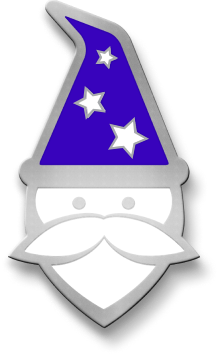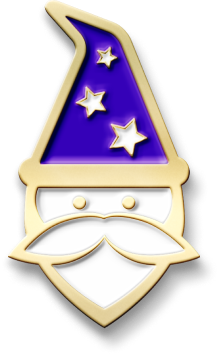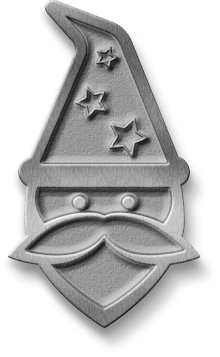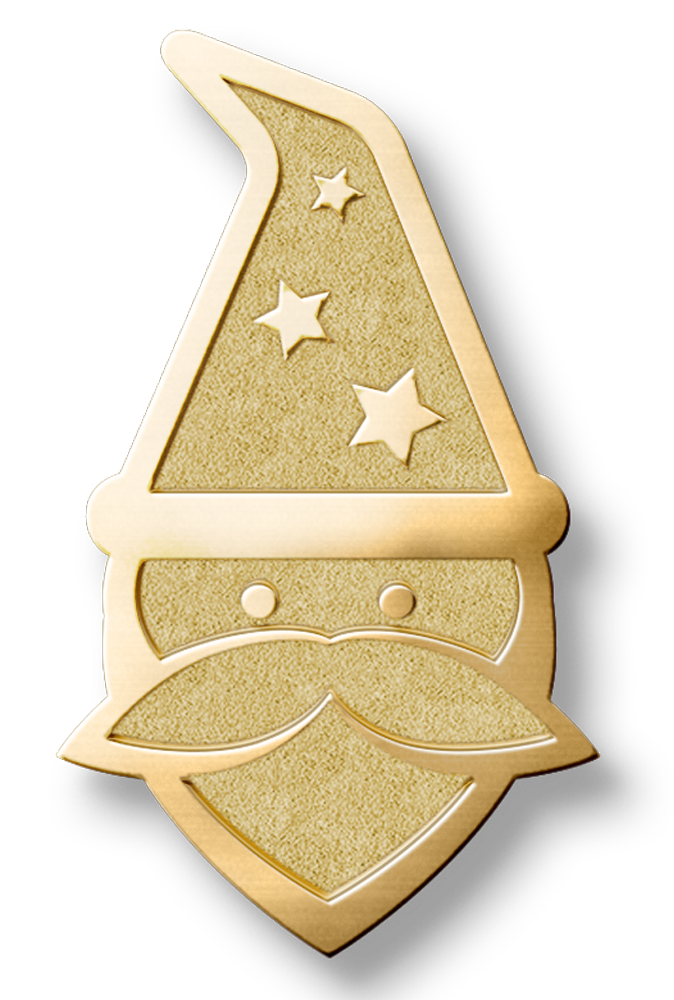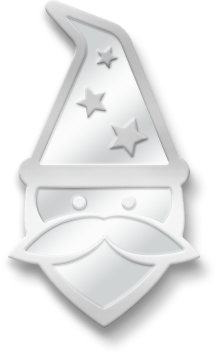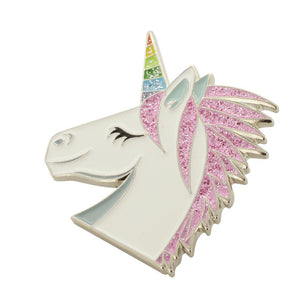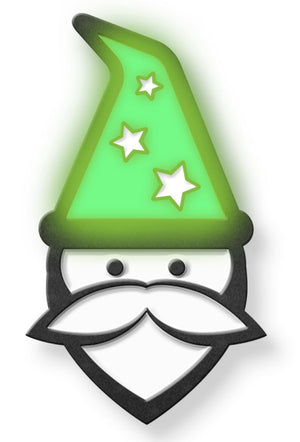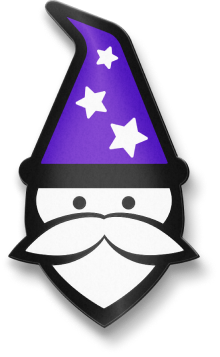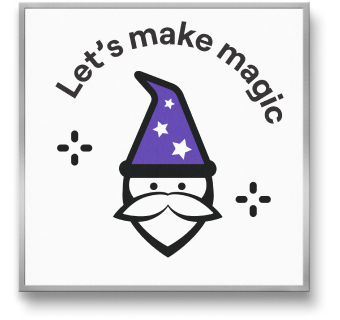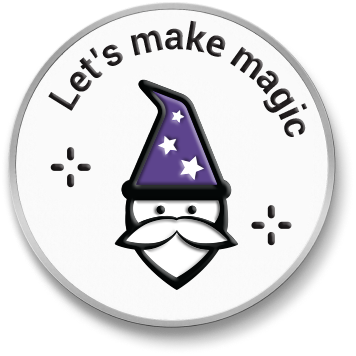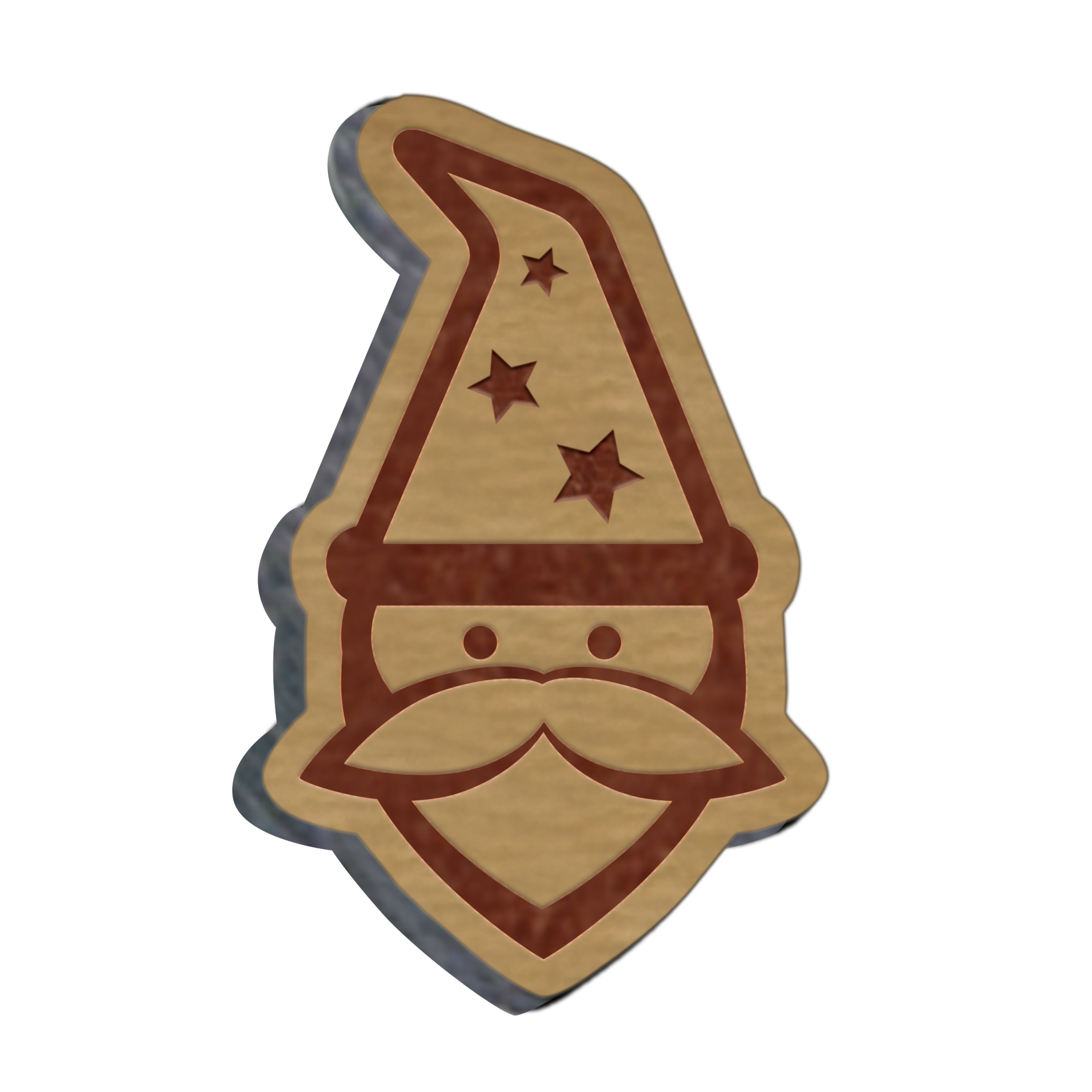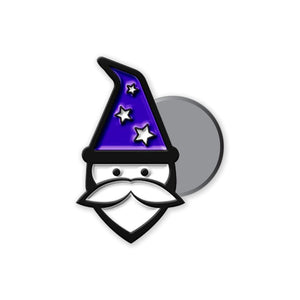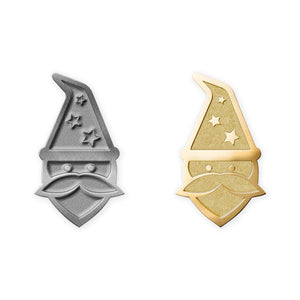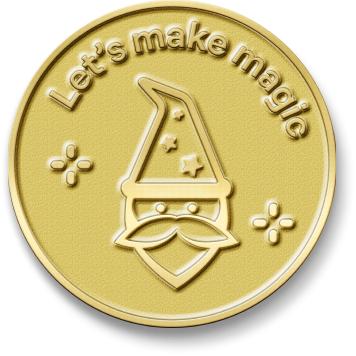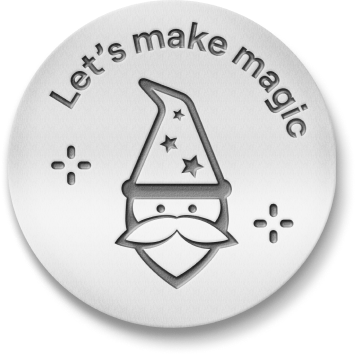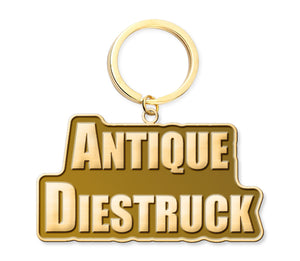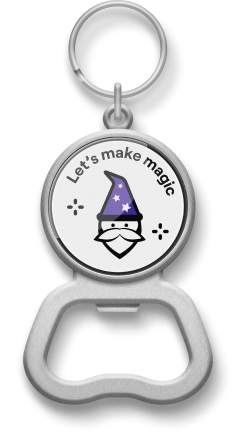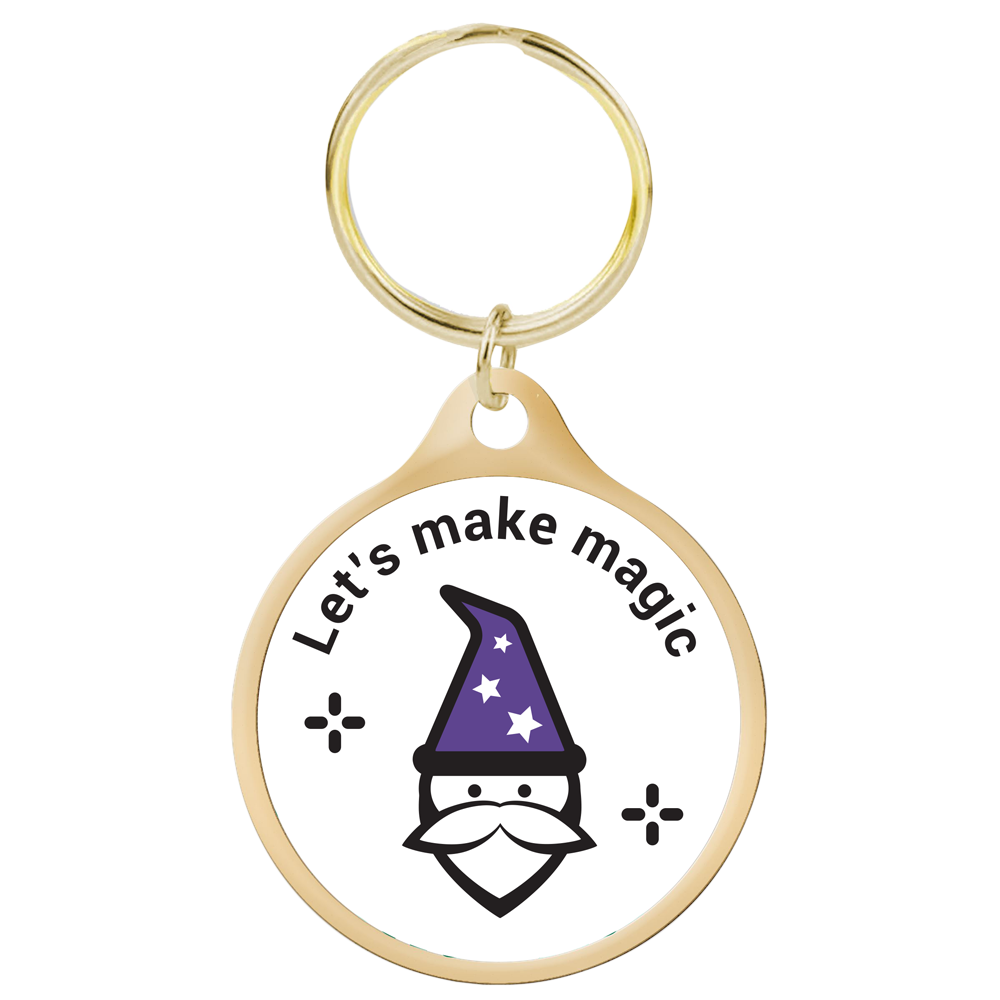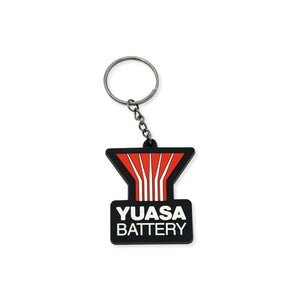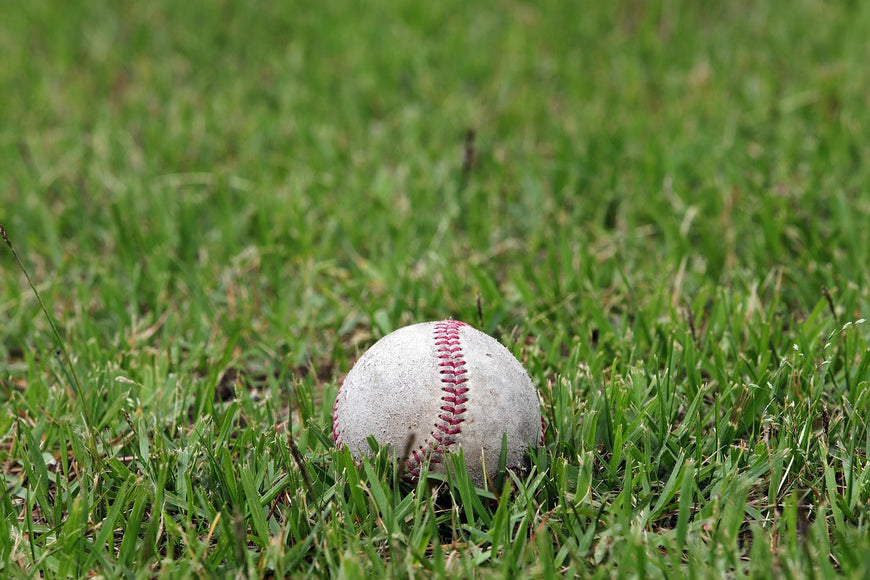Baseball dates back to the 19th century and has become one of the most iconic and beloved games in American culture. It thrives on rich traditions, passionate fans, and unforgettable moments. A grand slam in the bottom of the ninth can light up an entire stadium, while a quiet game of catch can create memories that last a lifetime. The sport inspires such deep loyalty that many fans turn their love of the game into a lifelong hobby, collecting things like jerseys, signed balls, baseball cards, and enamel pins that celebrate their favorite teams, players, and milestones.
Baseball is a game that's played between two teams of nine players. One team plays offense, trying to score runs by hitting the ball and rounding four bases, while the other plays defense, working to record three outs and end the inning. The game unfolds on a field shaped like a diamond, with players positioned across both the infield and outfield.
To fully enjoy and understand the game, it helps to know the terms that define its plays, strategies, and stats.
Glossary of Terms
Balk: An illegal movement by the pitcher meant to deceive base runners. This results in runners being allowed to advance one base.
Battery: The pitcher and catcher working together as a team
Batting Average: A statistic that shows how often a player gets a hit. It's calculated by dividing a player's hits by their total at-bats.
Bunt: A technique where the batter taps the ball with the bat so that it moves slowly along the ground, rather than swinging at it
Bullpen: The area where relief pitchers warm up
Changeup: A slow pitch designed to look like a fastball, used to fool the batter
Cleanup: The fourth spot in the batting order, usually occupied by a strong power hitter
Count: The number of balls and strikes a batter has during their turn at bat
Designated Hitter: A player in the batting lineup who hits in place of the pitcher
Double Play: A defensive play that records two outs in one play
Error: A mistake by a fielder that allows a runner to get to the next base when they normally would have been out
Fly Ball: A ball hit high into the air. If it's caught before it touches the ground, the batter is out.
Foul Ball: A hit that lands outside the lines of fair territory
Full Count: A pitch count with three balls and two strikes. The next pitch typically determines the outcome of the at-bat.
Grand Slam: A home run hit when the bases are loaded, scoring four runs
Ground Ball (Grounder): A ball hit along the ground or that bounces before reaching a fielder
Hit and Run: A coordinated play where a base-runner takes off as the pitch is thrown and the batter is expected to hit the ball to protect the runner
Hit for the Cycle: When a player hits a single, double, triple, and home run in the same game
Home Plate: The final base a player must touch to score a run. It's also where the batter stands.
Inning: A unit of the game. There are nine innings in a baseball game, and each inning has two halves, which lets both teams get a chance to bat and play defense.
Lead Runner: The runner who is farthest along the base path when there are multiple runners on base
Load the Bases: When there are runners on first, second, and third base at the same time
On Deck: The next batter in the lineup, preparing to bat
Pinch Hitter: A substitute batter brought in to hit in place of another player
Pinch Runner: A substitute runner brought in to replace another base runner
Pitch Around: A tactic where the pitcher avoids throwing good pitches to a really good batter, often resulting in a walk
Position Player: Any player who is not a pitcher
Power Hitter: A batter known for hitting the ball with strength, often for home runs or extra-base hits
Relay: A play where one fielder throws the ball to a teammate, who quickly passes it to another player, usually to make a long-distance throw more accurate or to try and stop a runner from advancing
Reliever (Relief Pitcher): A pitcher who comes in to replace the starter, usually later in the game or during critical moments
RBI (Run Batted In): A stat that counts how many runners a batter has driven in to score, either through a hit, walk, or other play
Runners at the Corners: When base runners occupy first and third base
Scoring Position: When a runner is on second or third base, making it easier to score on a single
Strikeout: When a batter gets three strikes during their at-bat, resulting in an out
Strike Zone: The area over home plate where pitches must pass to be called a strike. It's roughly from the batter's knees to their chest.
Tag Up: When a base runner stays on their base until a fly ball is caught
Walk: When a batter receives four pitches outside of the strike zone and is allowed to walk to first base
Additional Baseball Resources
- Baseball History, American History, and You
- Baseball Positions: All Nine Fielding Positions Explained
- Top Five Tips for Baseball Beginners
- Baseball: A Timeline
- When Was Baseball Invented?
- From Pitcher to Catcher: Understanding Every Baseball Position
- The History and Rules of American Baseball
- Baseball Strategy and Tactics
- About Jackie Robinson
- A Guide to the Nine Different Positions in Baseball
- Rules and Gameplay of Baseball
- Who Invented Baseball? A Quick History of America's Favorite Pastime
- History of Baseball
- Baseball Beginner's Guide
- Babe Ruth Biography
- History of Little League
- Hard Enamel Custom Pins
- Master the Basics and Beyond: Learning How to Play Baseball
- Baseball Positions and Roles
- All the Positions in Baseball, Explained
- How the Negro League Revolutionized Baseball
- Willie Mays
- Timeline of Baseball History
- Sports Trading Pins
- Little League Baseball Strategy and Rules
- Custom Embroidered Patches
- Origins of Baseball
- Taking the Field: Women and Baseball
- The History of Baseball
- Custom Lapel Pins
- Who Invented Baseball?
- Batter Up! A Baseball Guide for Beginners

